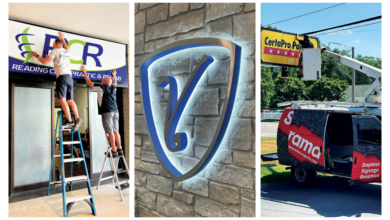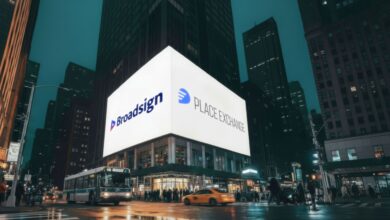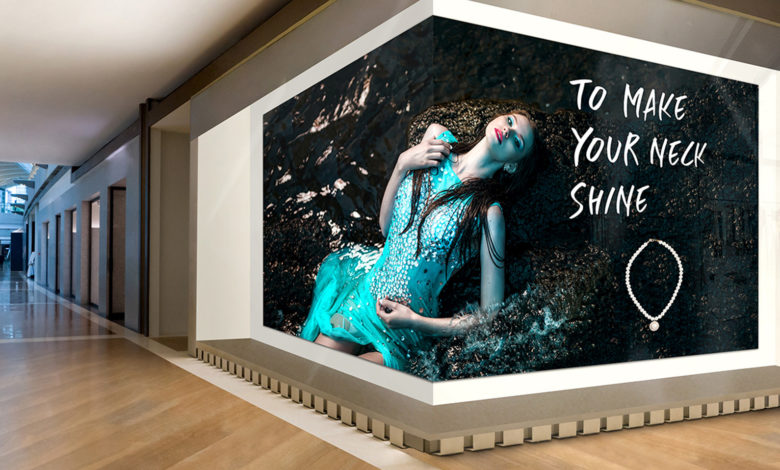
When the first direct view LED (DVLED) displays were successfully produced in the late 1960s, they represented the apex of digital display technology. Today, innovative engineers and manufacturers have pushed DVLED display technology to once-unimaginable heights, with individual LEDs (or pixels) now being produced at sub-millimeter size and enabling the design of ultra-high-definition video displays in nearly any size or shape with performance equal or superior to any other technology.
How DVLED started
The original monochromatic DVLED signs were used in various situations and locations where text was valuable, such as roadside signs and window displays where businesses could advertise sales. That basic design remains an effective, eye-catching piece of technology with copious uses more than 50 years later.
Focusing purely on the technology, these displays’ resolution has remained on par with light bulb-based signs, and text-only functionality was standard for several decades. As manufacturers and researchers used new color options, developed multi-colored DVLED signs, and integrated computerized control, new operations such as basic graphics and the illusion of moving text or images revolutionized the value of the technology.
As with many technologies, the devices shrunk in size and grew in capability as the decades passed, adding more sophisticated controls, delivering new possibilities, and eventually becoming quite ubiquitous in commercial properties. From New York City’s famous stock tickers to the temperature and time report at a local bank, direct view LED displays are now used virtually everywhere.
How it’s going
Fast forward to 2021, and the evolution of DVLED displays and technology is striking. While the intervening decades saw the popularization of cathode ray tube televisions and computer monitors, multi-bulb and eventually laser projectors, and the indomitable ‘flatscreen’ technologies of the 2000s and 2010s, the latest DVLED innovations are introducing significant performance benefits and rewriting the rules of where and how any content can be shared.
Currently, one of the biggest advantages of DVLED technology is the ability to customize the design to fit nearly any specific need, resulting in virtually unlimited size and viewing distance. Whether a business needs a sharp, bright display that is 20′ long and 2′ tall, a stadium wants a round, triangular, or otherwise custom-shaped video display, or a luxury homeowner wants an incredible wall-sized home theater experience, DVLED can do that. There’s virtually nothing that cannot be achieved with today’s DVLED tech, whether the need is indoors, outdoors, in a high-salinity marine environment, on a ceiling or floor, wrapped around columns, or fitted to curved walls.
In addition to obvious customization options such as size, shape, and brightness, the LEDs themselves, the tiny diodes that emit colored light, have advanced so far that millions of them can be packed onto single displays, offering custom resolution and pixel count. The cost of individual LEDs goes up as they shrink in physical size, so buyers can maximize the value of their spending by determining the exact required resolution, size, aspect ratio, and even curvature to meet their needs. With industry-wide LED costs and the cost of DVLED manufacturing falling reliably year-over-year, DVLED is now an affordable option for just about any commercial need.
Some direct view LEDs also offer other meaningful user benefits, including ambient light sensors that automatically adjust display brightness for changing conditions. Accessories can enable touch and distance-interaction tools that turn an entire DVLED display into an interactive digital experience.
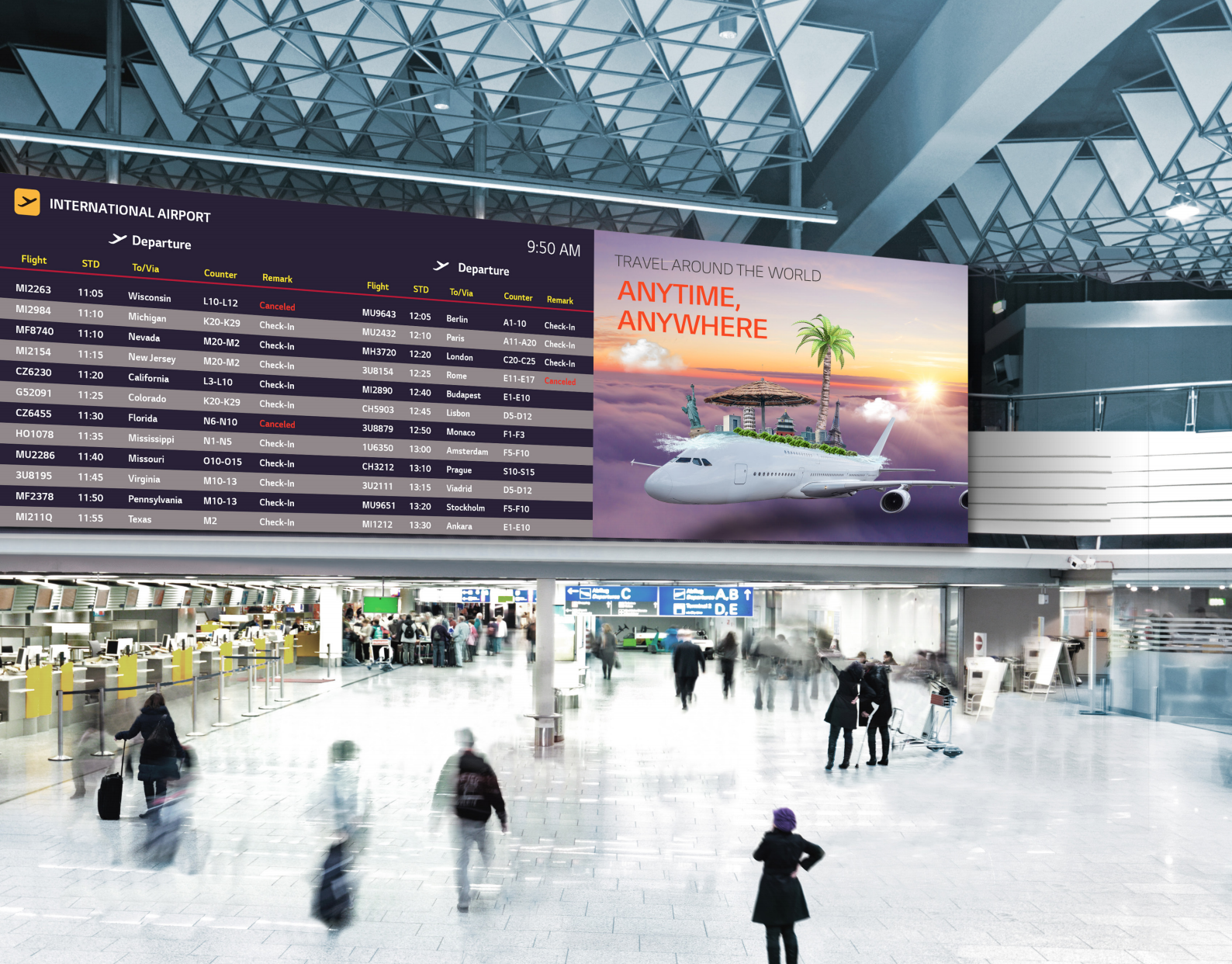
Considering growing global trends toward eco-consciousness and extending product life cycles to reduce e-waste, DVLED technology offers another major benefit: typically the longest performance duration of any current display technology. In the top range of DVLED display products, manufacturers have successfully engineered such high-quality components that they are rated to last up to 100,000 hours at full brightness and even longer at real-world usage brightness. For quick reference, 100,000 hours of operation would be 24 hours a day for more than 11 years. It’s no surprise that DVLED displays are coveted for use in large venues, including transit centers, sports stadiums, corporate lobbies, museums, and outdoor public spaces.
One of the unique uses of high-definition DVLED occurs in Hollywood production, where XR “extended reality stages” can now be designed to utilize custom-built displays as stage backdrops, replacing or supplementing the use of green screens and on-location shoots. This requires extremely realistic-looking images and professional digital content design, which can only be provided at such size by DVLED. In practice, this method actually changes the on-stage environment in ways that post-effects never could, allowing actors to feel as if they really are on a distant planet or there really is a vehicle approaching from a distance, for example.
What the future holds
If current trends and needs continue, we may well find ourselves in a world where DVLED displays become as ubiquitous as flat-panel LCDs are now. That’s not an exaggeration, as ongoing advances bring individual LEDs down to size, literally, to compete with consumer displays for home use. DVLED tech has developed contrary to CRTs, LCDs, and projection, starting out physically large and becoming smaller over time. The industry is at an inflection point where these displays are now becoming more competitive with LCDs in size, resolution, and even cost and installation simplicity.
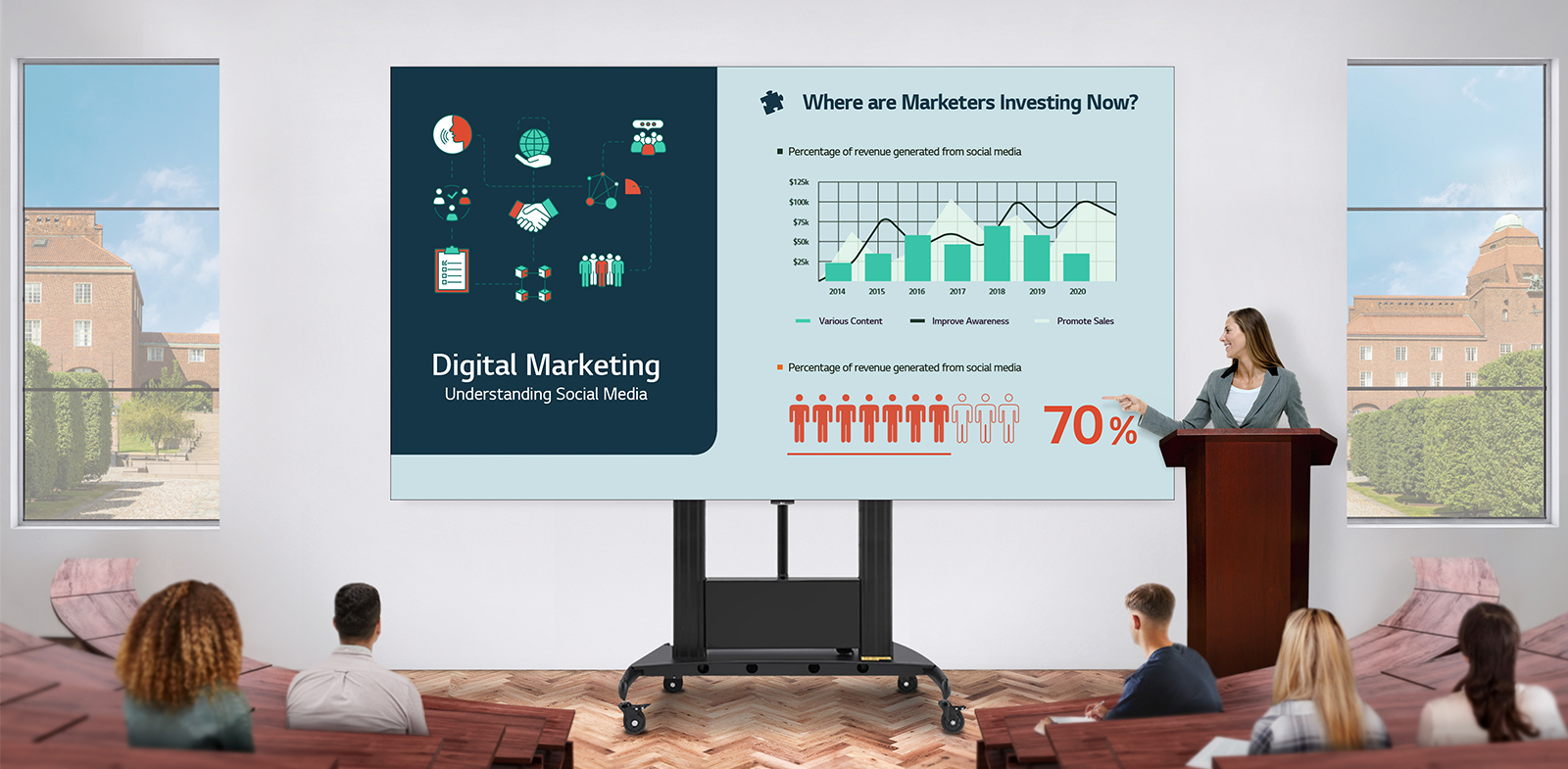
When we consider the remaining benefits, which include energy efficiency, thin builds for large displays, high brightness capabilities, and replaceable modules which eliminate the need for entire displays to be discarded when a single component fails, it becomes clear that continued DVLED research and development is a vital mission for the custom integration industry, among others.
One of the final remaining improvements to be made is simplifying construction and installation for DVLED displays. Today’s models require several days to install, configure, and integrate with digital video delivery systems. However, DVLED leaders are working on displays that are easier to install and program.
Fortunately for the commercial integrator market and the proper performance of the technology, it’s unlikely that DVLED will become a big-box type product any time soon because the large size and value of each display still necessitates professional installation.
If we zoom out and look at the full range of display technologies in operation and production today, DVLED has significant room for growth and innovation and may even enable applications that have not yet been imagined.
